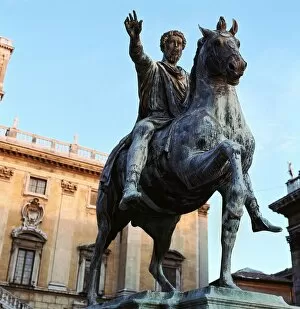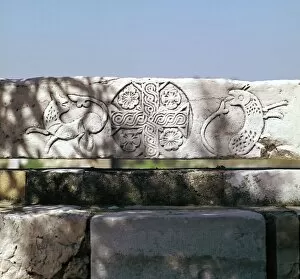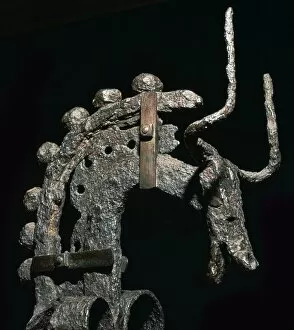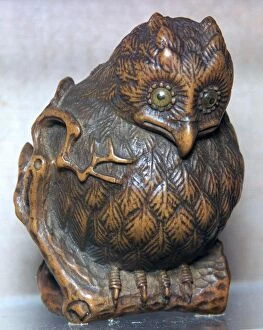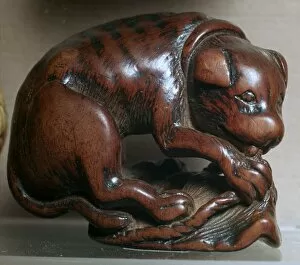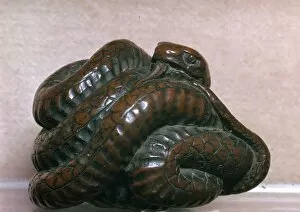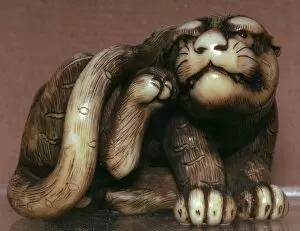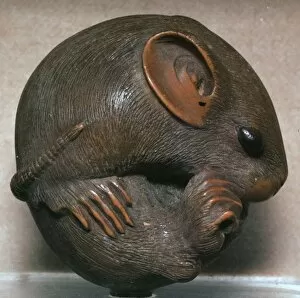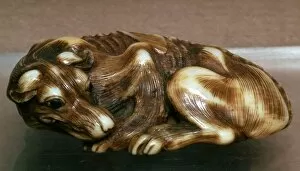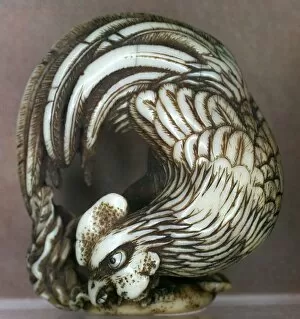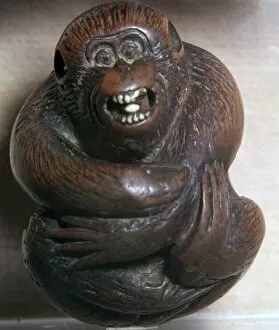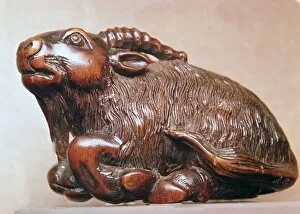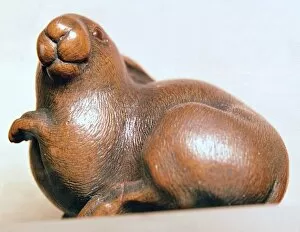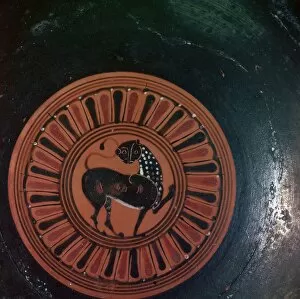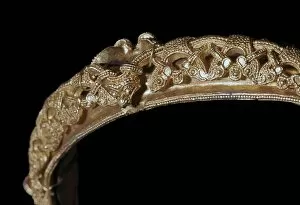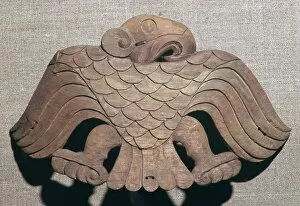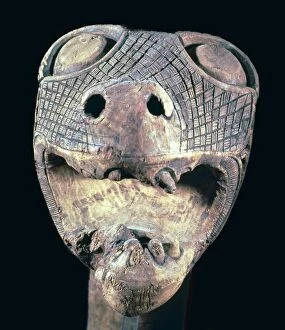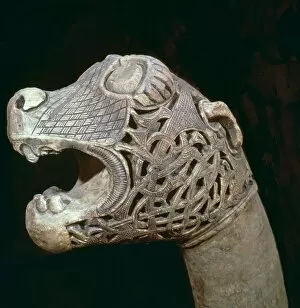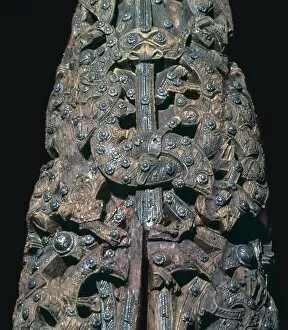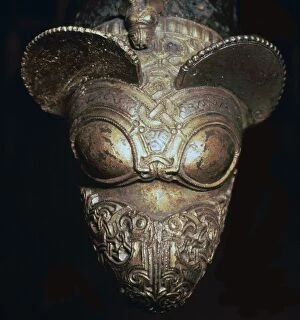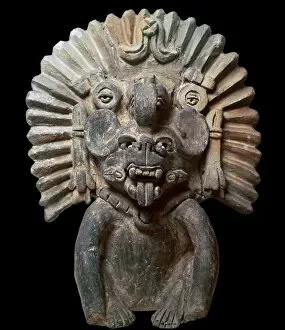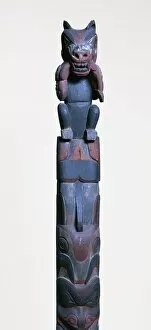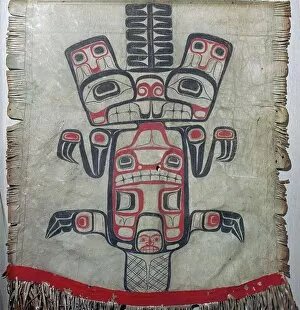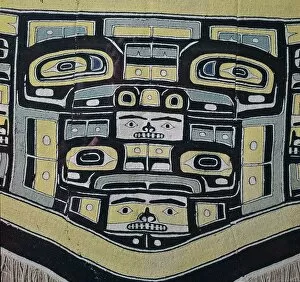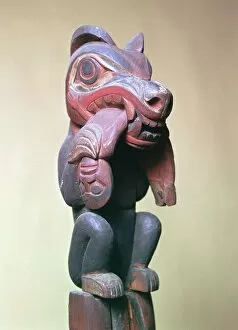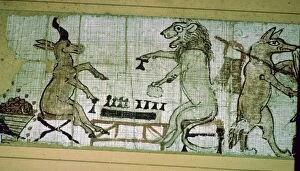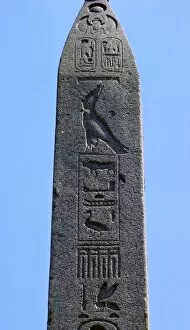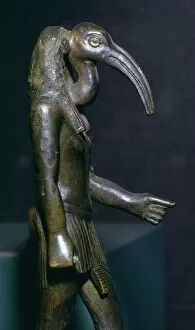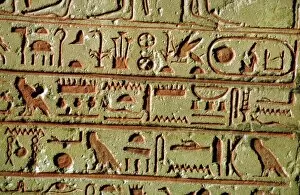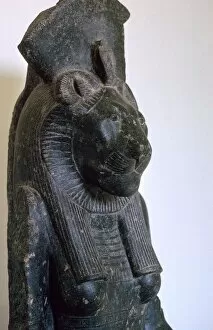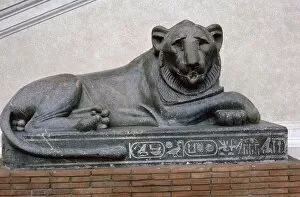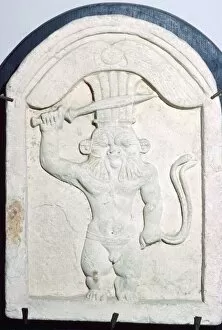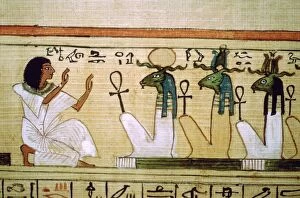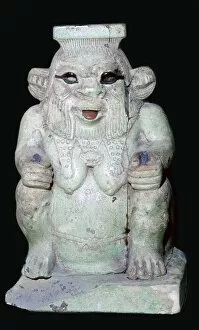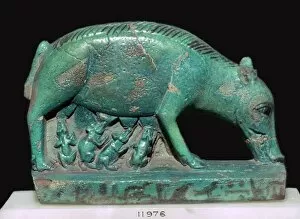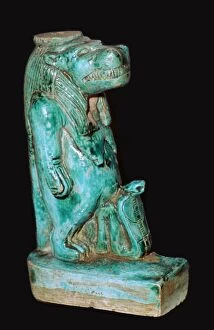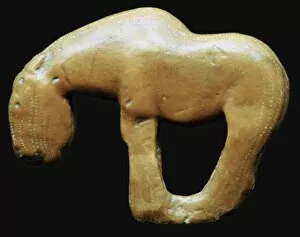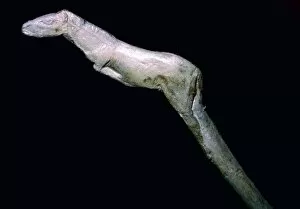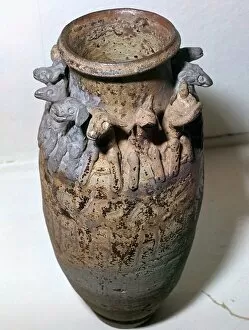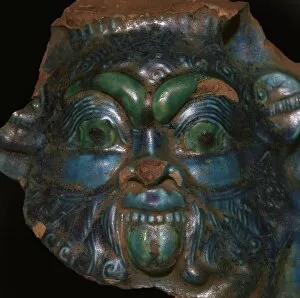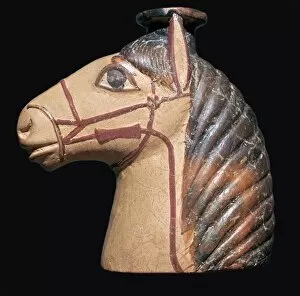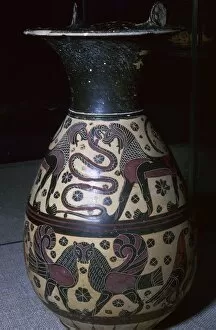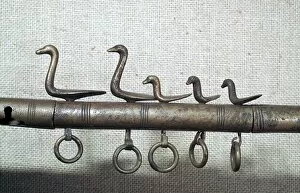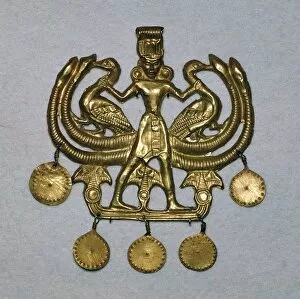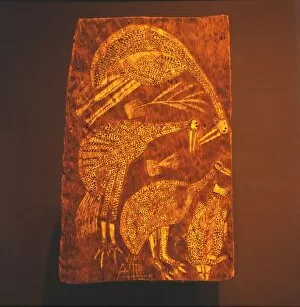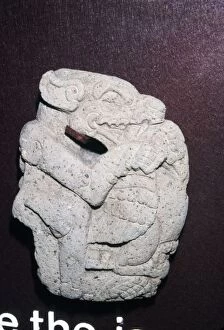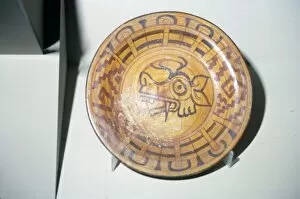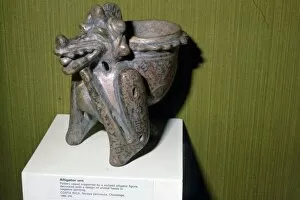Animal Likeness Collection (page 7)
"Unleashing the Animal Likeness: A Global Journey Through Sculptures and Artworks" Bas-relief of the Goddess Sekhmet, Temple of Seti I, Abydos, Egypt, North Africa
For sale as Licensed Images
Choose your image, Select your licence and Download the media
"Unleashing the Animal Likeness: A Global Journey Through Sculptures and Artworks" Bas-relief of the Goddess Sekhmet, Temple of Seti I, Abydos, Egypt, North Africa, Africa: Witness the fierce power and divine beauty captured in this ancient bas-relief depicting the lioness-headed goddess Sekhmet. The Kelpies at the entrance to the Forth and Clyde Canal at Helix Park, Falkirk: Marvel at these colossal horse-head sculptures that pay homage to Scotland's rich equestrian heritage while guarding the canal with their majestic presence. White horse, Cherhill Downs, Wiltshire, England, United Kingdom, Europe: Immerse yourself in English folklore as you encounter this iconic white horse sculpture etched into the lush green hillsides of Wiltshire. She Wolf sculpture dating from 5th century BC; Romulus and Remus probably added later: Delve into Roman mythology through this timeless masterpiece showcasing a she-wolf nurturing twin infants - an enduring symbol of Rome's founding legend. Gaelic Chieftain By Maurice Harron overlooking The Battlefield At Curlew Pass: Stand alongside a proud chieftain immortalized in bronze as he gazes upon historic battlegrounds in Ireland's County Roscommon - a tribute to Celtic heritage and resilience. Physical Energy statue in winter; Kensington Gardens; London; England; United Kingdom; Europe: Feel the dynamic energy emanating from this powerful equestrian statue by George Frederic Watts amidst wintry surroundings - an embodiment of strength and determination. One of two iconic bronze lion statues outside Art Institute of Chicago; Chicago; Illinois; United States of America; North America: Encounter these regal guardians standing sentinel outside one of America's premier art institutions – symbols of courage protecting artistic treasures within. Male bronze lion Gate Of Supreme Harmony, Outer Court, Forbidden City.

